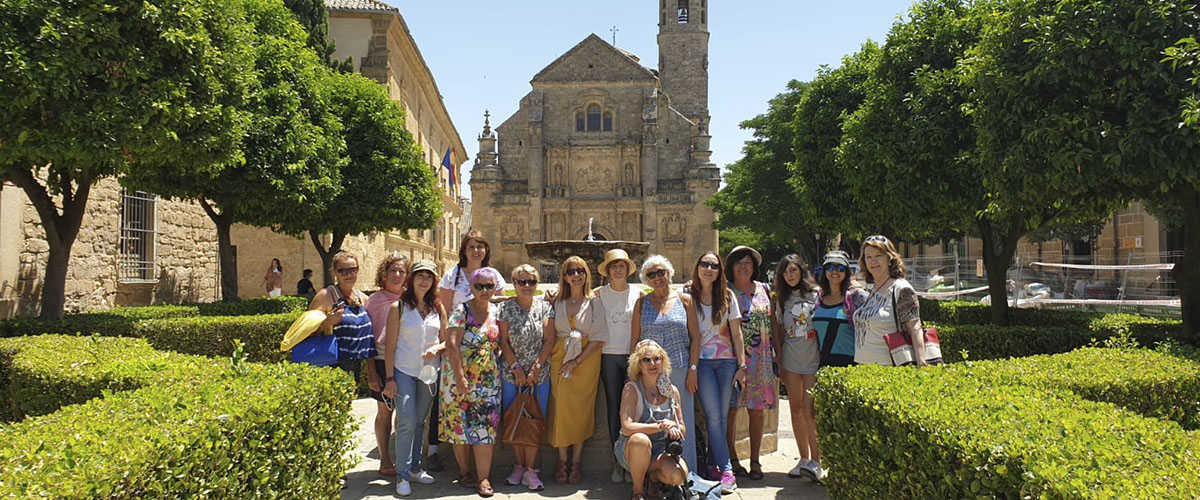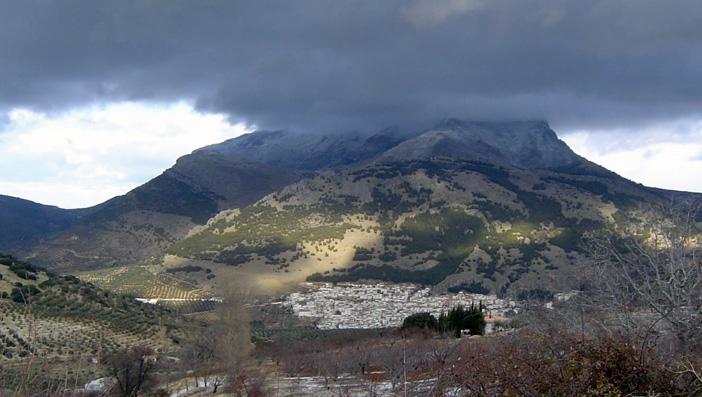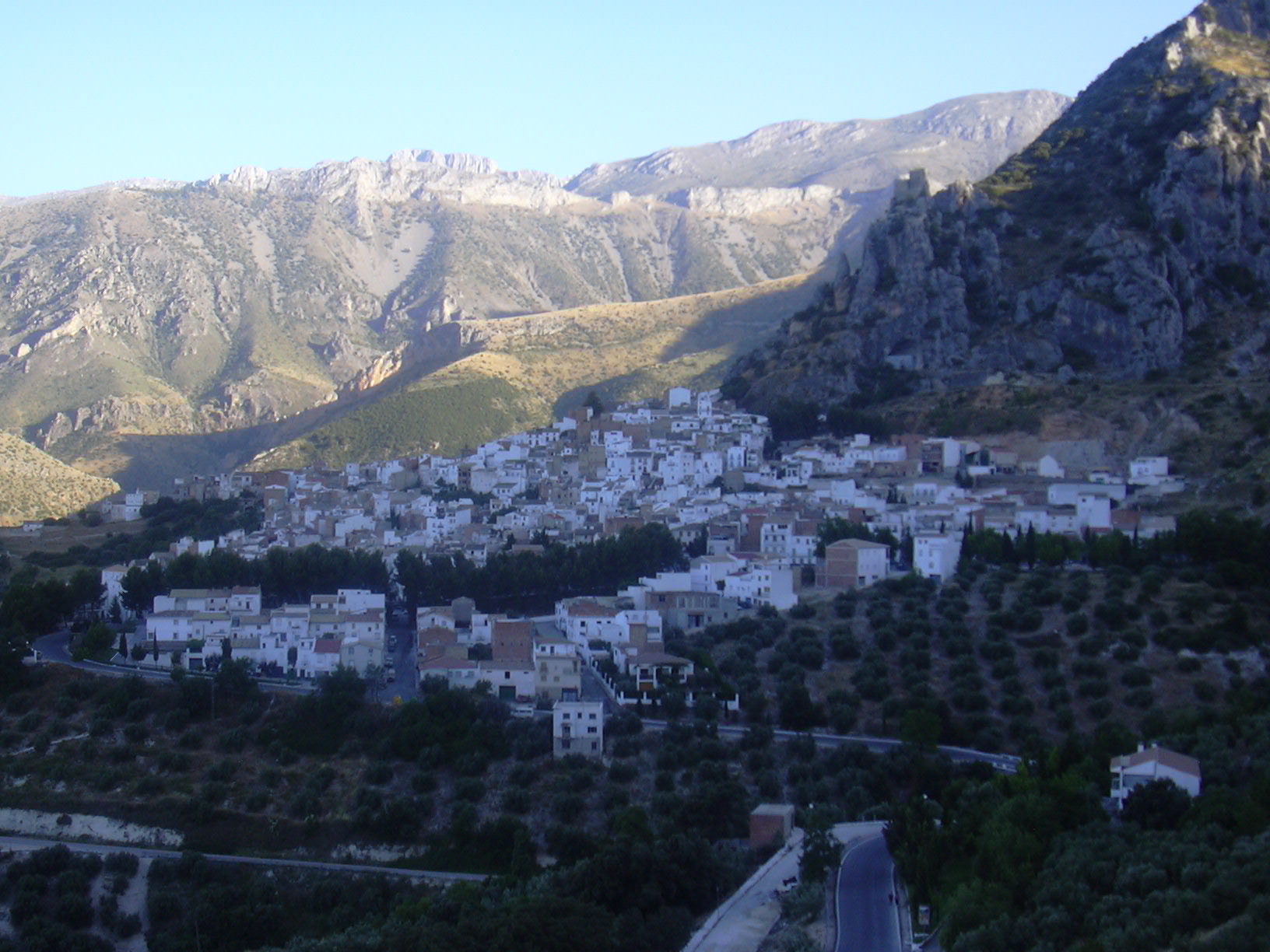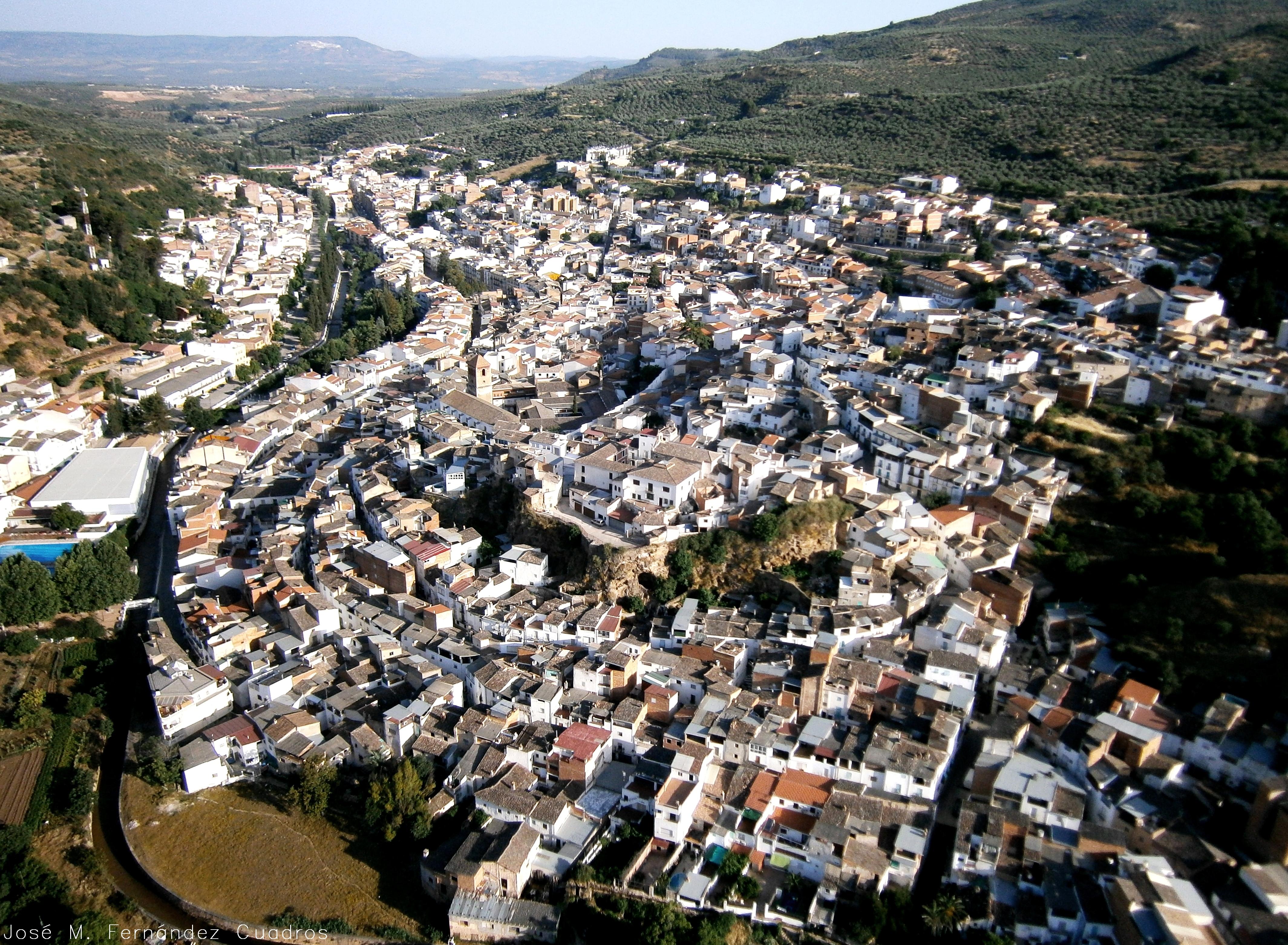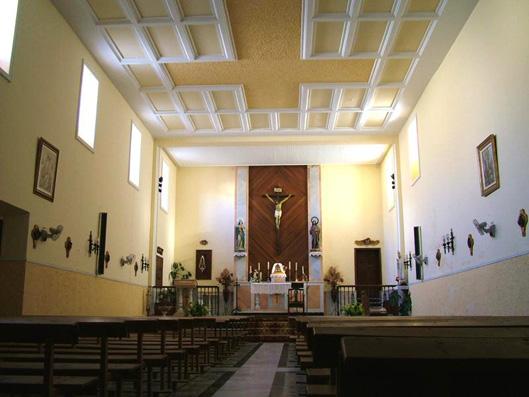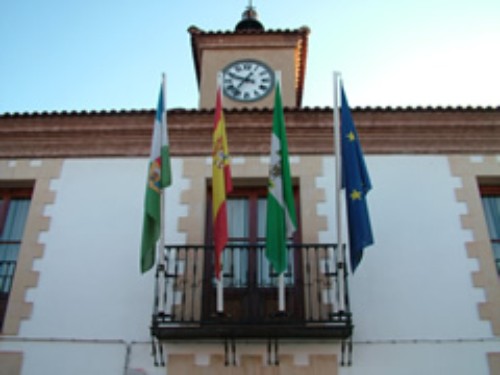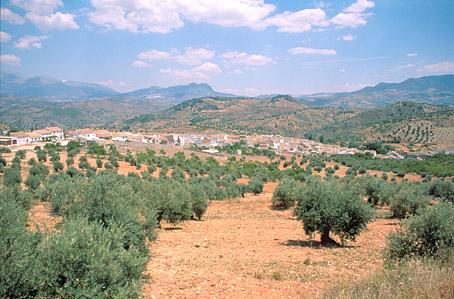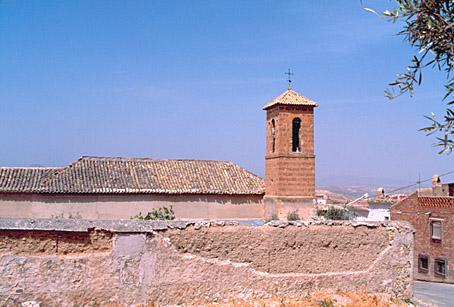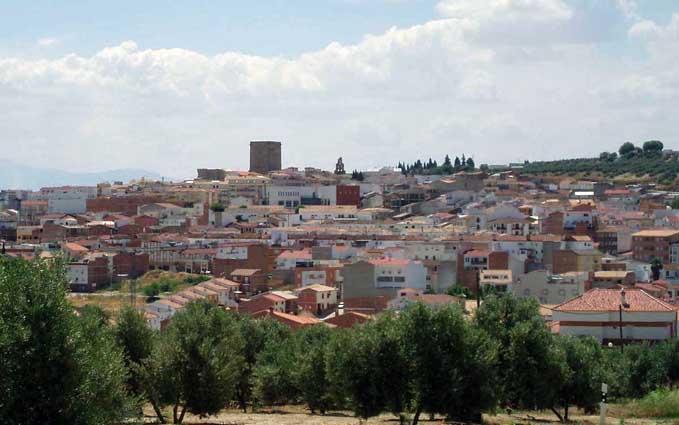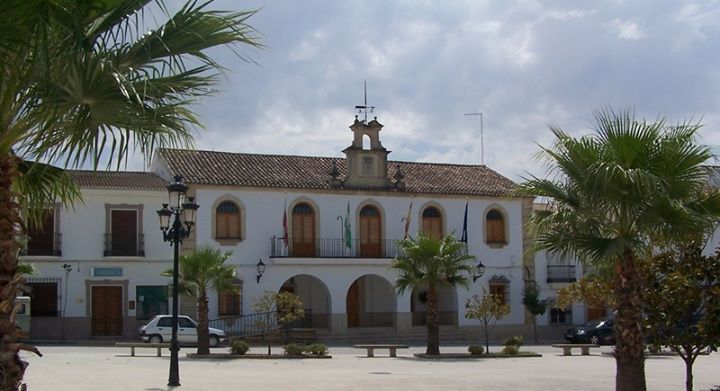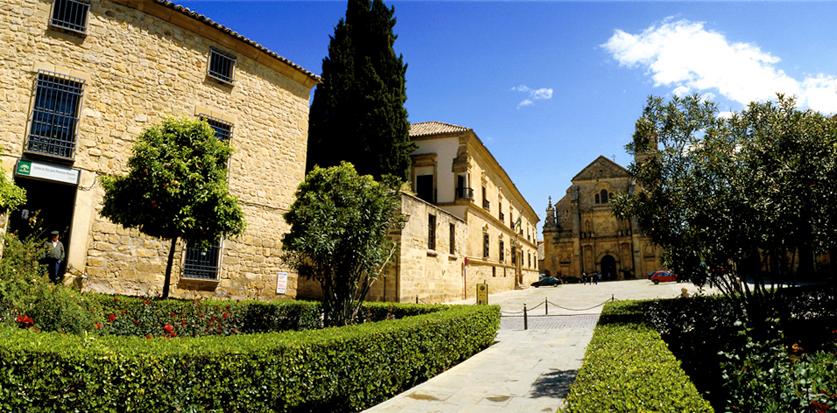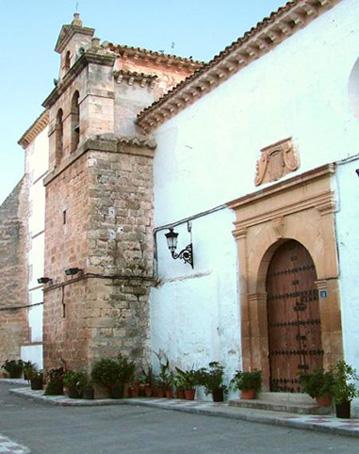Jaén

The varied geography of the province of Jaén offers the beauty of its natural landscapes and the architecture and monuments in its villages and cities which keep alive the memory of a past of great splendour.
Large expanses of gentle landscapes with olive groves stretching to the horizon. And among the olives and the lush vegetation of its nature reserves you will find outstanding examples of Iberian art, churches, cathedrals, palaces and castles built in the Gothic, Renaissance or Baroque style. Jaén is a land of excellent olive oil, and offers a dreamlike landscape for anyone passing through the Despeñaperros ravine which leads to the south.
Location
The province of Jaén is the gateway to Andalusia, and is located to the northeast of the Autonomous Region of Andalusia, at the head of the Guadalquivir river, halfway between the Sierra Morena and the Bética ranges. It has an extension of 13,496.09 km2, and borders the province of Ciudad Real in the north, Cordoba in the west, Granada in the south and Albacete in the east.
History
The province of Jaén has had a significant historic role since ancient times. You can still see important remains dating from the time of the Phoenician, Greek and Carthaginian settlers. The battle of Navas de Tolosa in 1212 marked the end of five centuries of Muslim domination.
The kingdom of Jaén became a major strategic enclave on the frontier with the kingdom of Granada. From the 16th century on the province entered a period of decline. In 1808 it regained its historic role when Napoleon was defeated at the battle of Bailén.
The Spanish Civil War brought a deep depression, until in the 60s the industrial boom of Linares and La Carolina gave a significant economic boost to the province. Úbeda and Baeza, with their cultural prominence and the rise of the olive oil industry, have a good outlook for future development.
Landscape
The geographic profile of the province of Jaén, in which flat areas of fertile countryside with gentle contours alternate with zones of ridges and craggy mountain ranges, offers a landscape of imposing natural beauty, in which olive groves occupy two thirds of the cultivable land.
In the mountain areas, with their rich and varied fauna, the typical Mediterranean vegetation can be seen in all its splendour.

What municipality do you want to visit?
Events




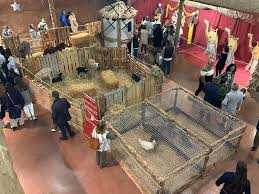



News
Reports
Offers available in the province

